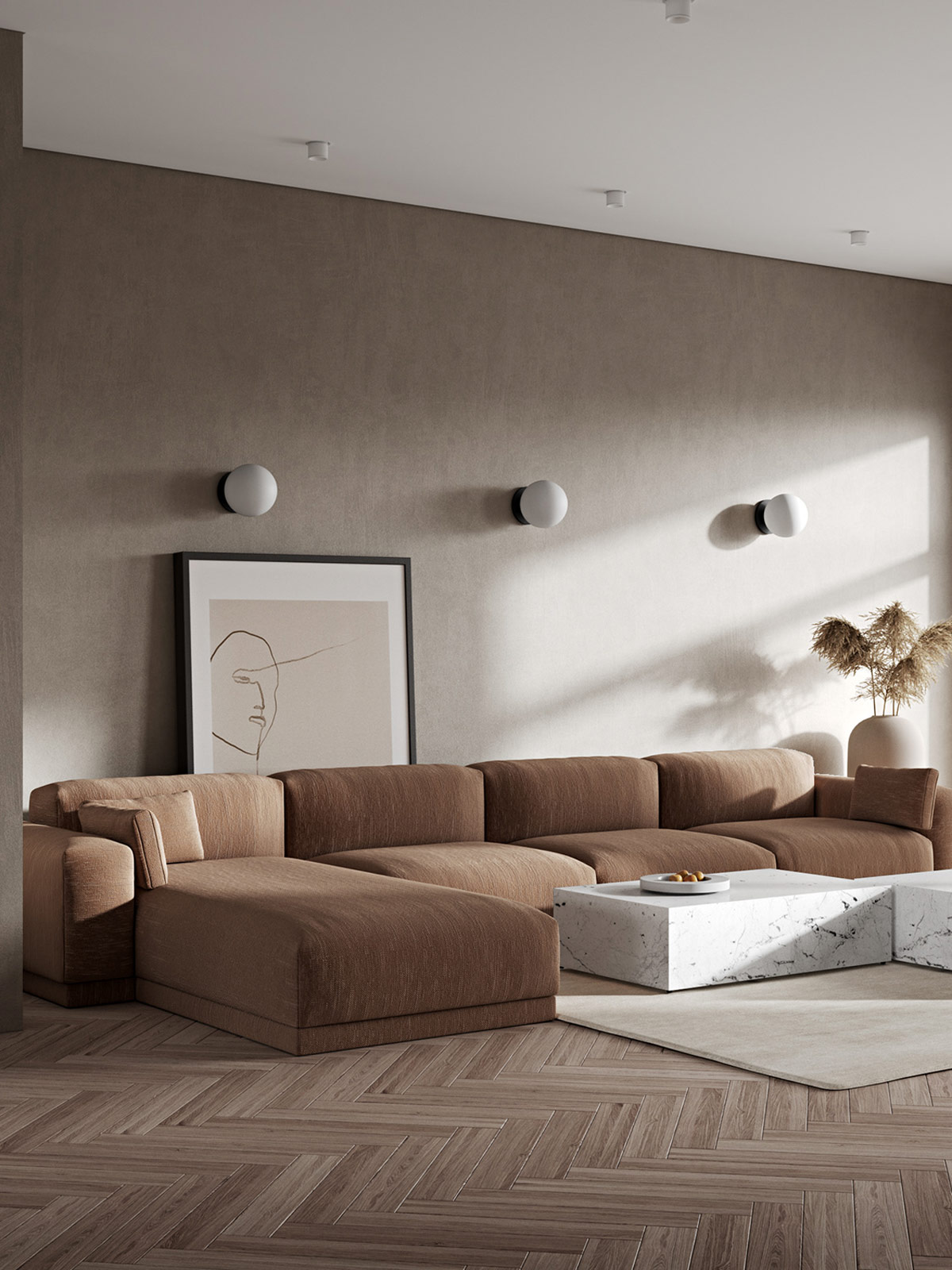
Introduction
When it comes to designing a room, there are several elements to consider, such as color, furniture, and lighting. However, one often overlooked aspect that can greatly enhance the overall aesthetic is texture. Texture adds depth, warmth, and visual interest to any space, creating a more inviting and cozy atmosphere. In this article, we will explore the importance of texture in interior design and provide practical tips on how to incorporate texture into your room to achieve a stunning and well-balanced look.
The Role of Texture in Interior Design

Texture plays a crucial role in interior design as it adds a tactile and visual dimension to a room. It helps create a sense of harmony and balance, making a space more visually appealing and inviting. By incorporating various textures, you can transform a flat and sterile room into a cozy and welcoming haven.
Texture has the power to evoke emotions and create a specific atmosphere. For example, rough textures like exposed brick or natural stone can give a room a rustic and earthy feel, while smooth and sleek textures like glass or polished metal can provide a more modern and sophisticated look.
The Benefits of Adding Texture to a Room

1. Depth and Dimension: Texture adds depth and dimension to a room, making it feel more layered and interesting. It creates visual contrast and can make a space appear larger or smaller depending on the textures used.
2. Warmth and Coziness: Textured elements, such as plush rugs, soft pillows, or warm wood finishes, can make a room feel cozy and inviting. They create a tactile experience that adds comfort and warmth to the space.
3. Visual Interest: Incorporating texture into a room can make it more visually appealing by adding variety and complexity. It keeps the eye engaged and prevents a space from feeling flat or monotonous.
How to Add Texture to Your Room

Now that we understand the importance of texture in interior design, let's explore some practical ways to incorporate texture into your room:
1. Use Textured Wall Coverings

One of the most impactful ways to add texture to a room is through textured wall coverings. Options include wallpaper with raised patterns, textured paint finishes, or even natural materials like reclaimed wood paneling or stone veneers. These wall coverings not only add visual interest but also create a tactile experience as you run your hands along the textured surface.
2. Layer Different Fabrics

Another effective way to introduce texture is by layering different fabrics throughout the room. Mix and match materials like velvet, linen, faux fur, or knitted textiles. Incorporate textured upholstery on chairs and sofas, add throw pillows with different patterns and textures, and use textured curtains or blinds to enhance the visual appeal.
3. Introduce Natural Elements

Natural elements bring a unique texture to any space. Incorporate materials like wood, stone, or wicker furniture to add warmth and a touch of nature. Exposed brick walls or a stone fireplace can also create a rustic and textured focal point in the room.
4. Include Textured Accessories

Accessories play a significant role in adding texture to a room. Consider incorporating textured items such as a shaggy rug, woven baskets, decorative pillows with embroidery or beading, or even a textured sculpture or piece of artwork. These accessories not only add texture but also become focal points that draw attention and create visual interest.
5. Play with Lighting

Lighting can enhance the texture in a room by creating shadows and highlights. Use lighting fixtures that cast interesting shadows, such as pendant lights with intricate patterns or wall sconces that create a wash of light against a textured wall. Additionally, consider adding candles or fairy lights to create a cozy and warm ambiance.
Conclusion
Texture is an essential element in interior design, adding depth, warmth, and visual interest to any room. By incorporating various textures through wall coverings, fabrics, natural elements, accessories, and lighting, you can transform a space into a cozy and inviting haven. Remember to balance different textures and consider the overall aesthetic and atmosphere you want to achieve in your room. So, don't overlook the power of texture in your next interior design project and enjoy the transformation it brings to your space.